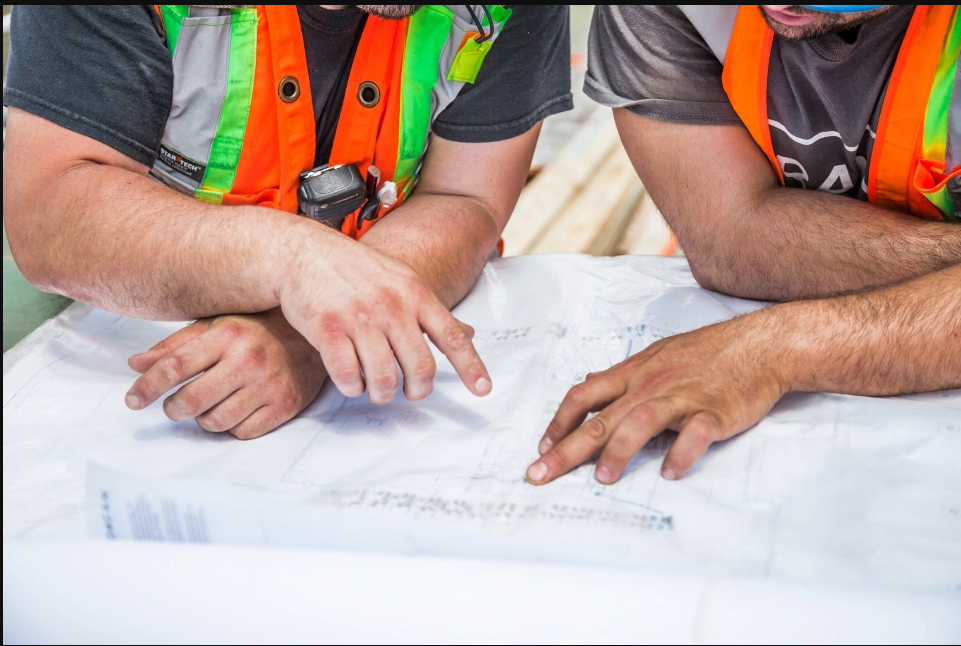Cured-in-Place-Piping (or CIPP) has been gaining popularity as a pipe repair method for five decades. CIPP was first installed in the London sewer system in 1971 and has seen an increase in use ever since. When thinking about CIPP for industrial pipes, finding contractors to adopt the method will continue to become easier. In today’s blog, we’ll take a look at the innovations that commercial clients can expect to see from the CIPP industry in the next few years.
CIPP for Industrial Pipes Will Become Industry Standard
Early in the CIPP development and introduction phrase, it was difficult to get owners and specialists to adopt the new method. CIPP is a revolutionary practice because it is a no-dig method of plumbing repair and replacement. As the process has continued to develop, even newer innovations have improved the process for customer, employee, and the pipes involved in the repair process. Still, it’s interesting to know that it was a very difficult road to navigate in the beginning. Lynn Osborn, Technical Director at NASSCO, put it this way: “The level of understanding is improving, but there are still people who don’t know what is possible with CIPP in terms of lengths or diameters. There are also misconceptions regarding the process itself, including the amount of time it takes for preparation and installation when rehabilitating large pipes.”
CIPP for Industrial Pipes Will Continue to Innovate and Improve
In the early days of CIPP, education and knowledge sessions were key to the success of those selling the new process. These sessions were relatively boilerplate and allowed participants to start installing quickly. In the present day, the latest innovation in CIPP is Ultraviolet or UV CIPP. These methods are different because of how installation happens–with a lot more mechanical movements and virtually no human error.
The Future of CIPP for Industrial Pipes is in Ultraviolet
UV CIPP uses a long train that contains the new pipe liner to install the new section remotely. While a contractor must be trained to run the machine, the heavy lifting is done by the robot itself. This means that there is no risk of injury for installers. What really makes UV CIPP unique is the amount of time that it will save. In traditional CIPP, it can take hours or most of the day to cure the resins used to bond the new liner to the old pipe. UV CIPP will drastically improve this situation–drying at roughly 7 meters in 7 minutes. Less time waiting equals less wasted time and more time serving your customers.
Industrial CIPP: On the Cutting Edge of Pipe Repair
Now that you’ve learned more about the history and the newest CIPP processes, it’s time to connect with experts in CIPP. The team at Industrial CIPP is actively engaged in learning new trends in the industrial pipe industry. When you need pipe work for your commercial space, look no further. Contact us today.
